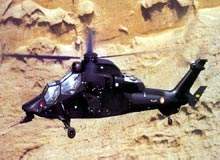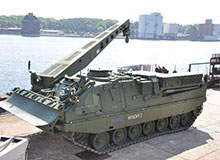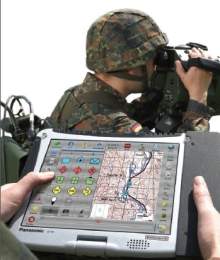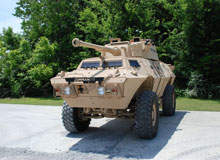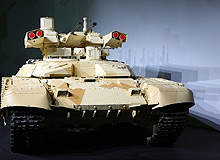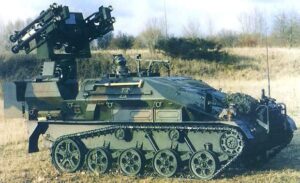ESG is Developing a New MSC Editor for the Automobile Industry
ESG Elektroniksystem- und Logistik-GmbH has developed a software programme to enable engineers to define exactly how the electronic components of a vehicle, which is about to be built, should communicate with one another. This graphic editor for “Message Sequence Charts” (MSC) is especially tailored to meet the needs of the automobile industry. Leading automobile manufacturers have already successfully installed the MSC Editor, which incorporates the graphic and text formats of the MSC 2000 standard. With its assistance, optimal communications procedures between defined control units can already be determined in the development phase.
Up until now, answers to questions, such as which control unit and in which order and which message should be relayed to which component, have been predominately drawn up in written form. This process can lead to expensive misunderstandings between the developers of control units and the car manufacturers. This source of error is eliminated by the MSC Editor through, for example, its accompanying catalogue of exact definitions which allows you to select the desired functions at a mouse-click.
The MSC Editor’s integrated functions catalogue corresponds to the guidelines of the so-called MOST Cooperation, a committee for the standardisation of “Media Oriented System Transport” (MOST). This group of 20 international car manufacturers and over 50 sub-contractors is responsible for defining the minimum standards which control units must fulfil when connected to one another in a vehicle via a multi-medial fibre-optic network (MOST-Bus).
If the communications procedures of the control units are defined, the electronic components are developed and are finally assembled to create a prototype. This must then be tested to check whether the components connect with each other in the intended manner. ESG has also developed a software tool for these tests. The “System Analyzer” documents the actual communications procedures and compares these with the guidelines of the MSC-Editor. Wherever discrepancies arise, it calls attention to the corresponding errors.
Formalised function descriptions of control units and the quick evaluation of tests are becoming increasingly more important, because in modern vehicles certain functions are often performed by several control units at one time. For example, in a top-of-the-range vehicle, the volume of the car radio can be controlled by three different control units: by a button on the radio, by a button on the steering wheel and on the signal of an incoming telephone call. If these components do not harmonise with each other, errors may become programmed.
With over 1000 employees and an annual turnover of over 140 million euros (2002), ESG is one of the leading system and software houses in Germany. In its business division “Automotive”, it was able to increase its turnover by 30 percent each year in the last two years.


